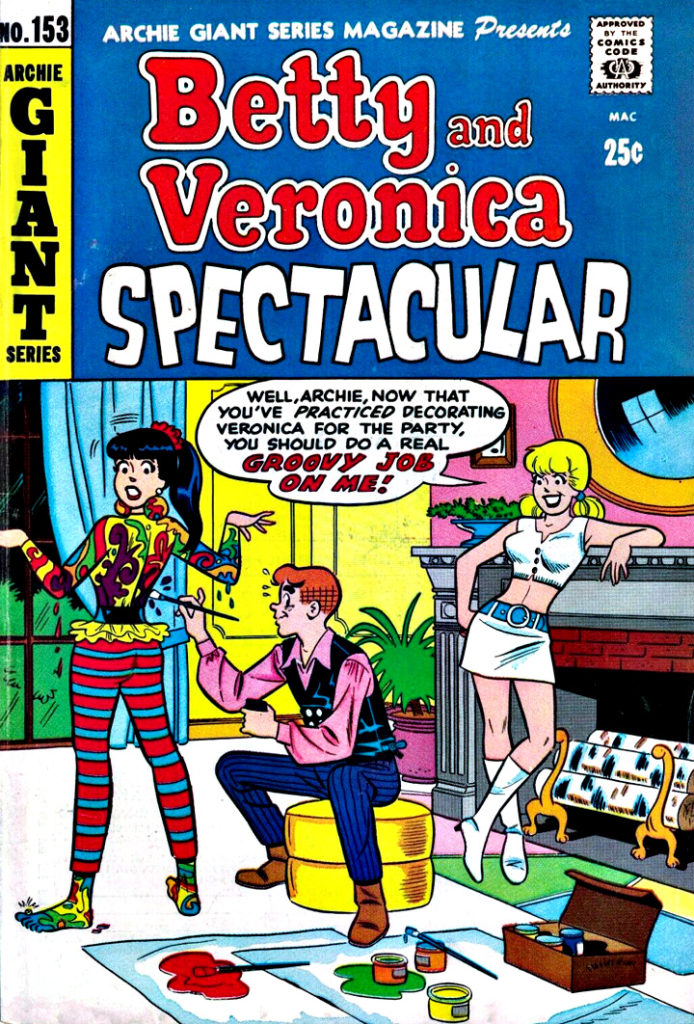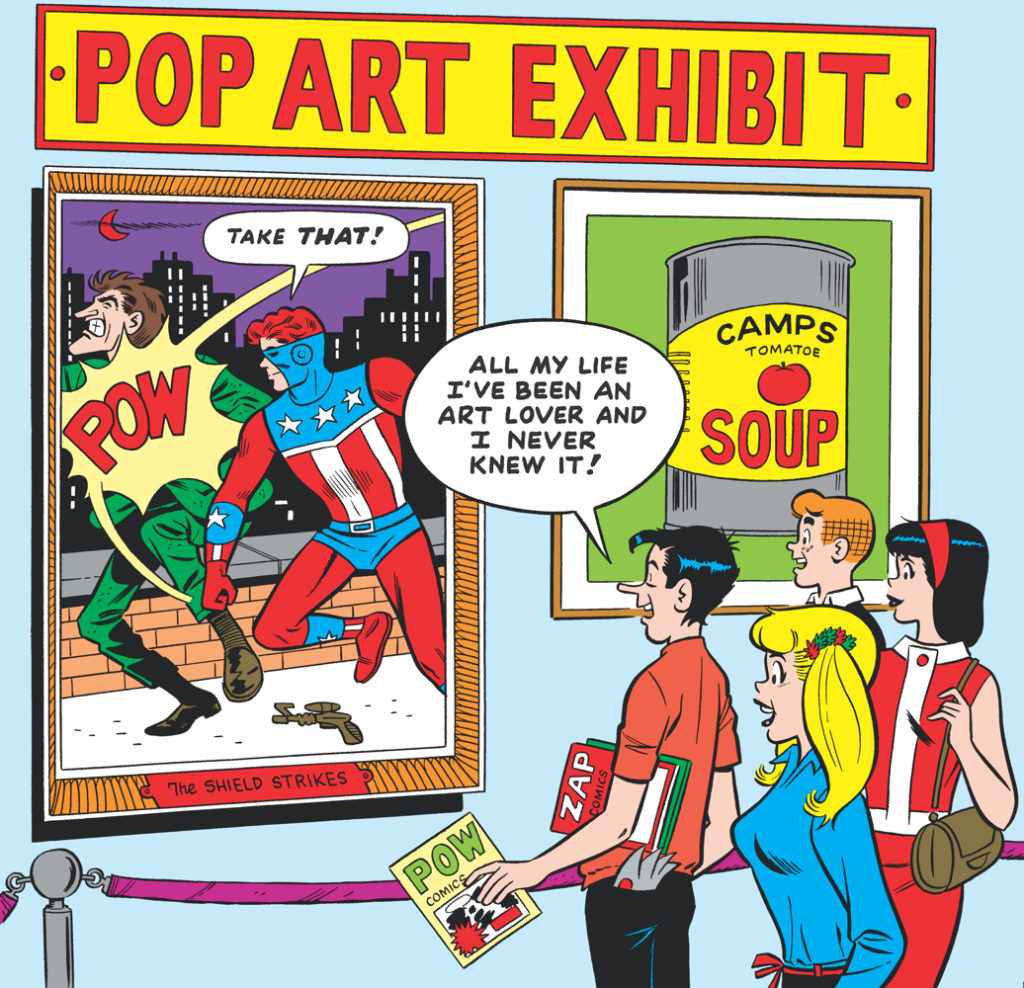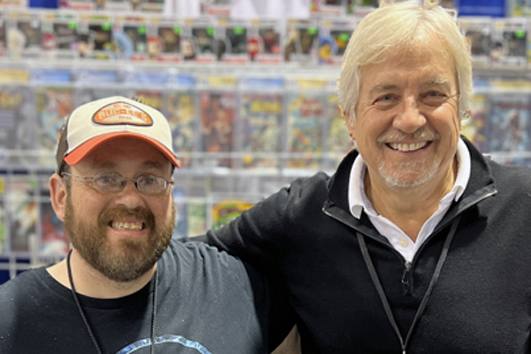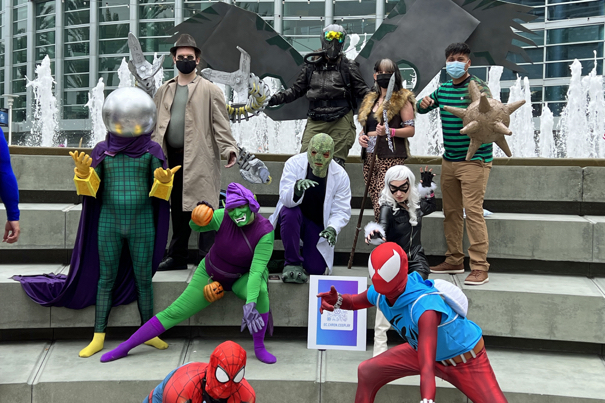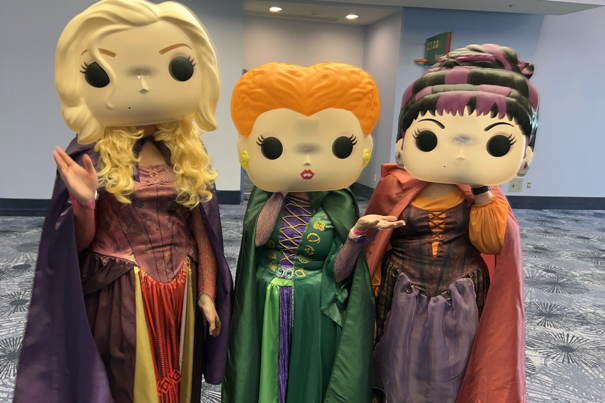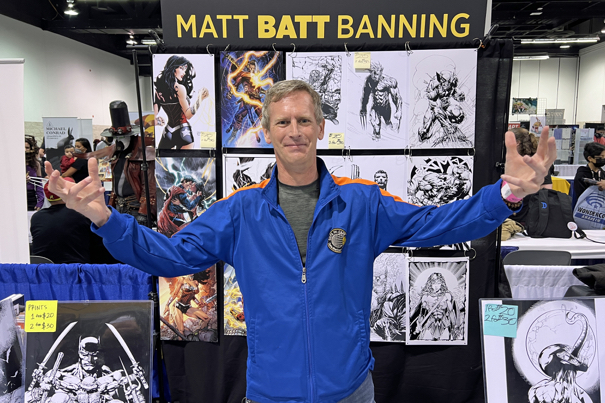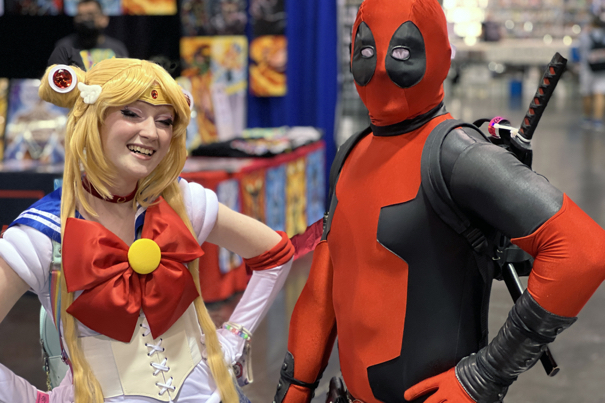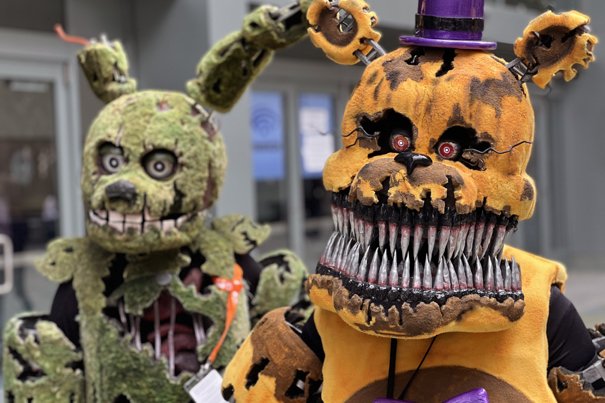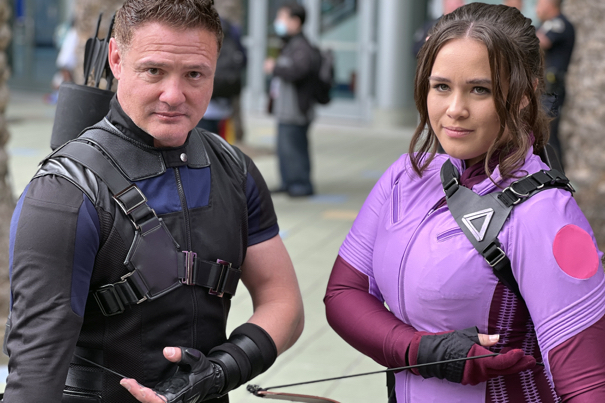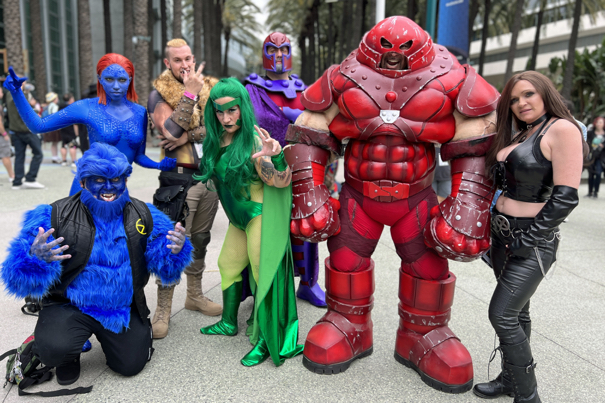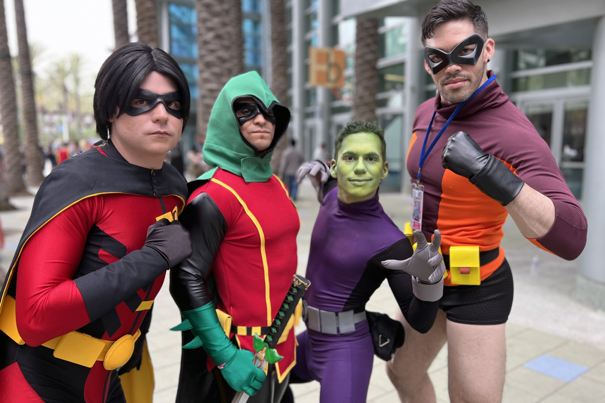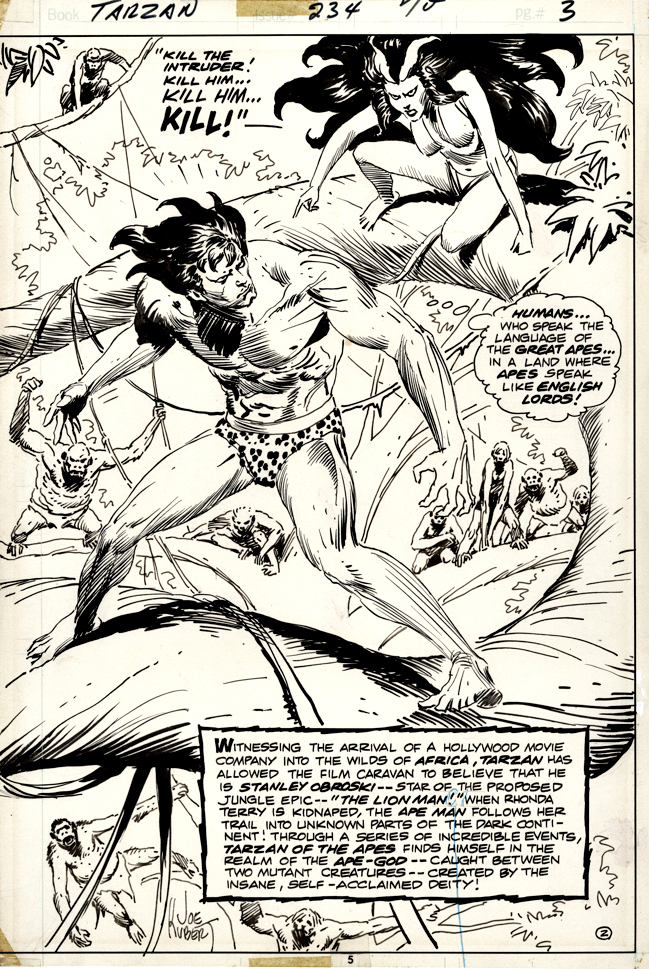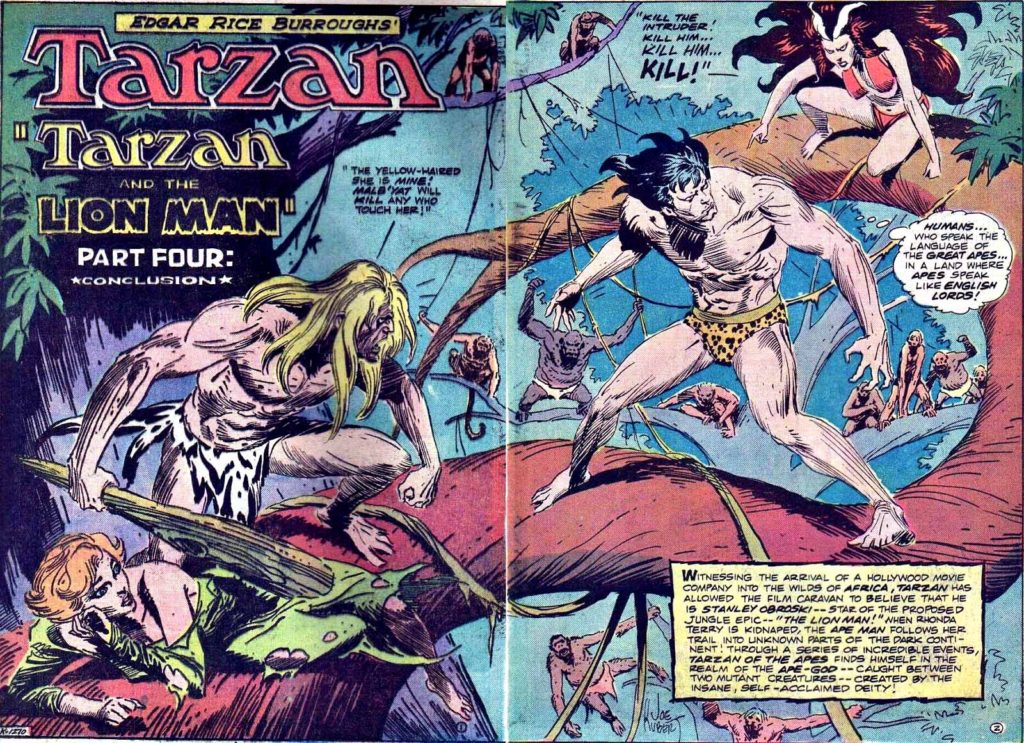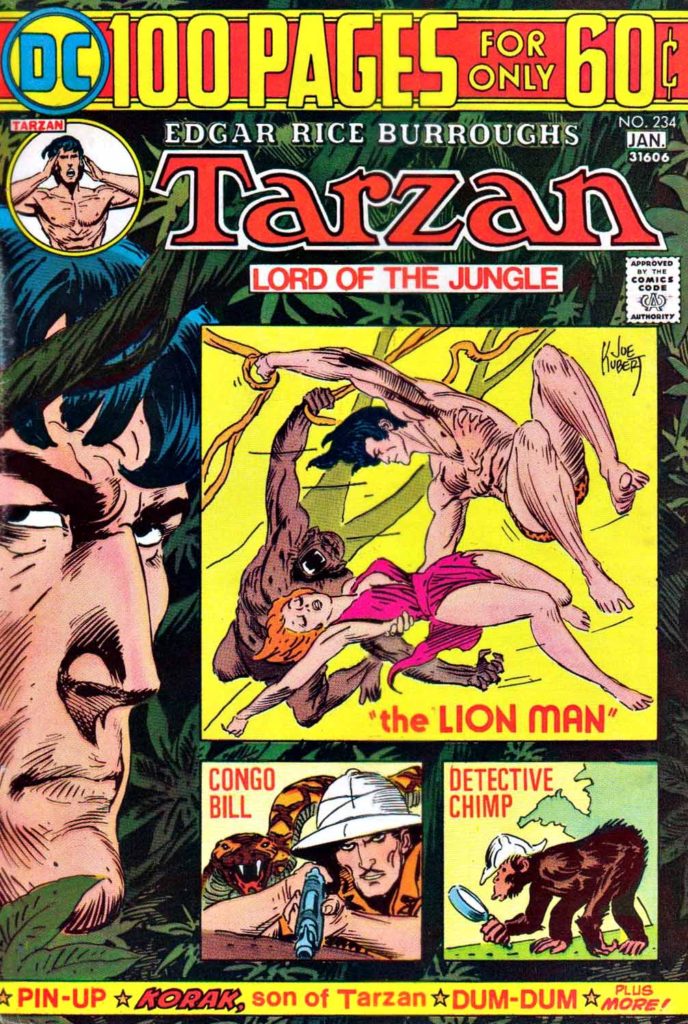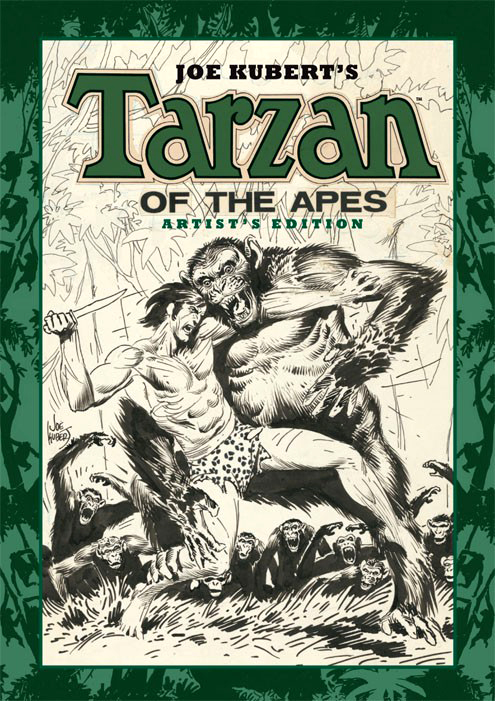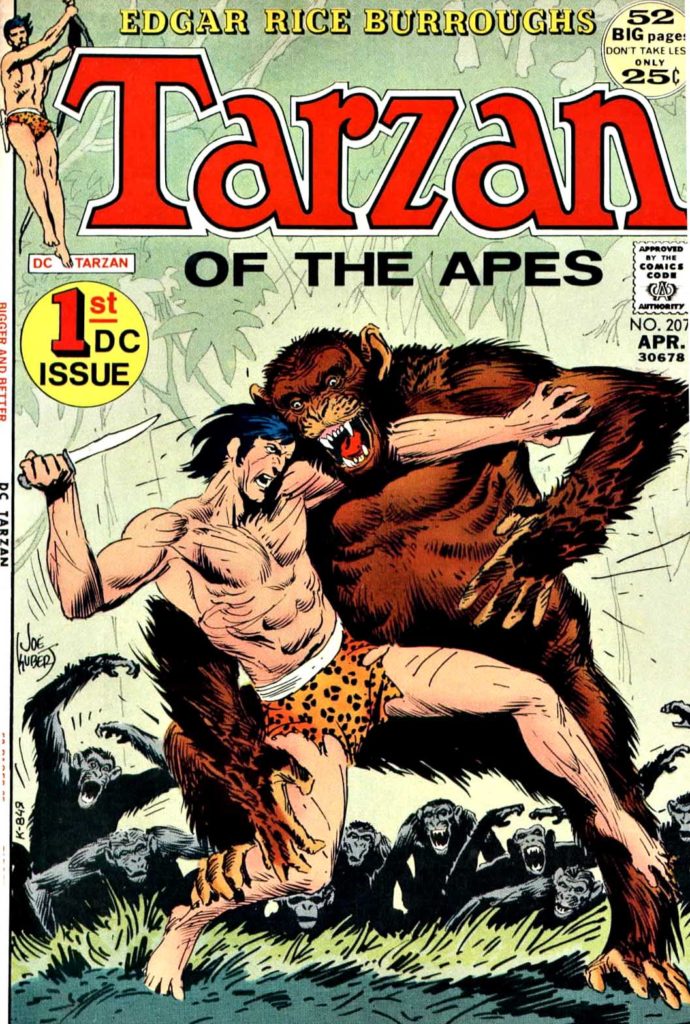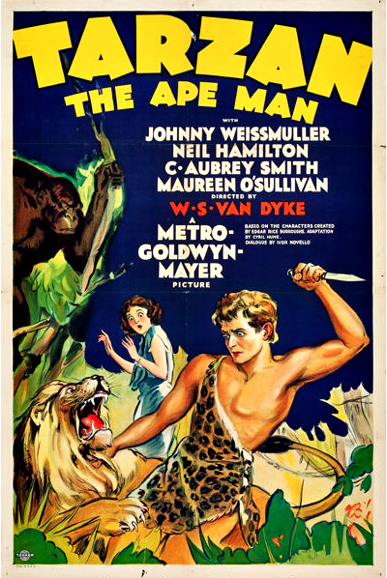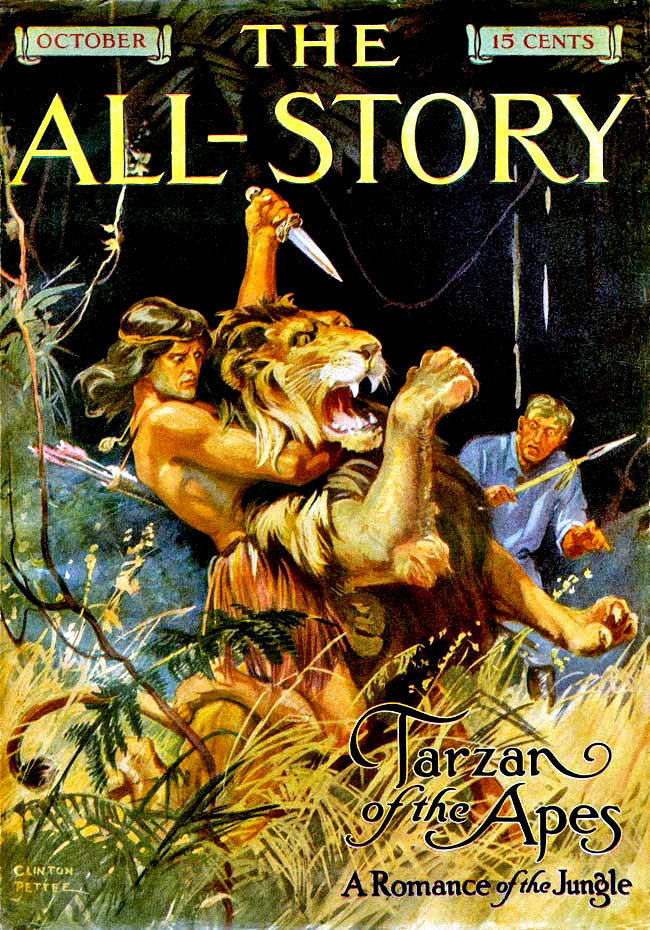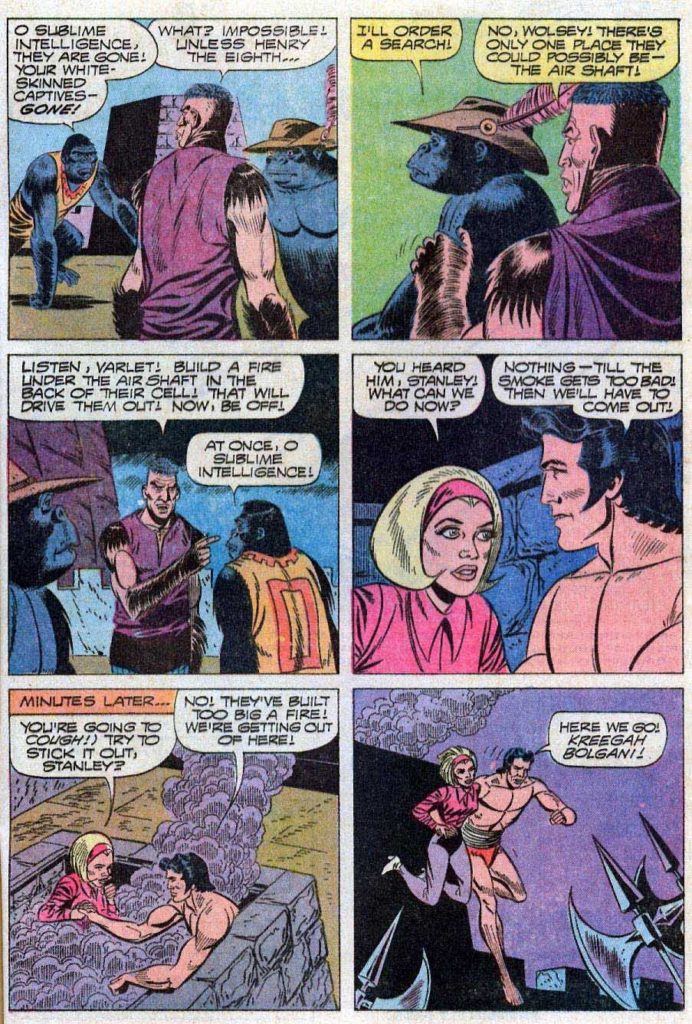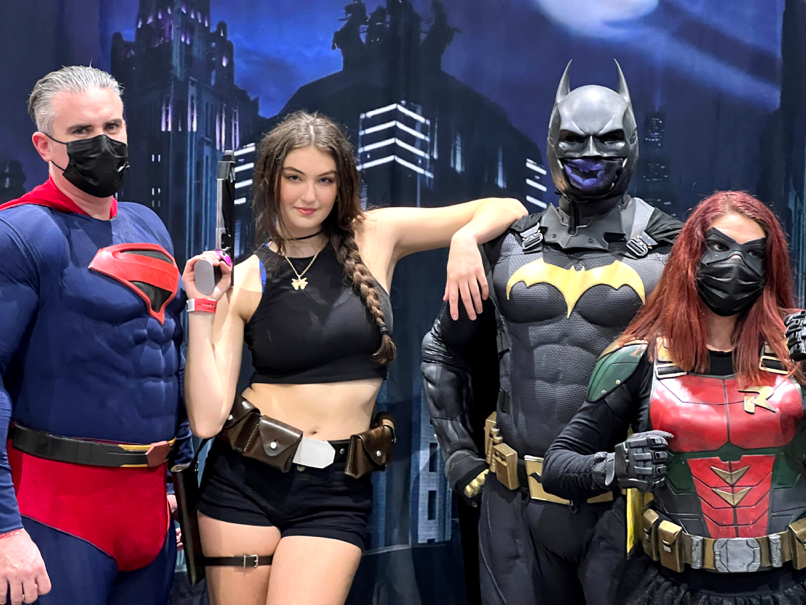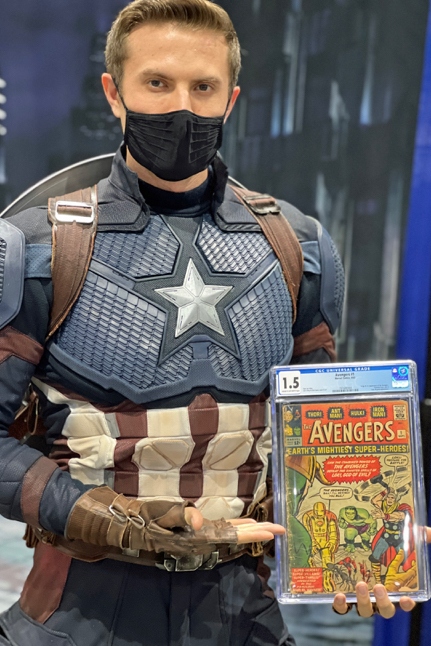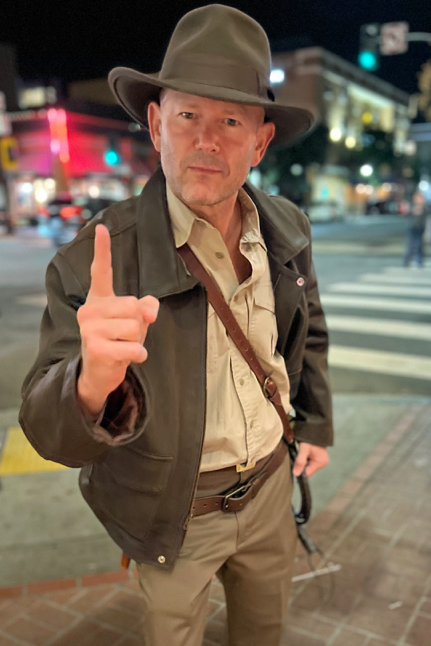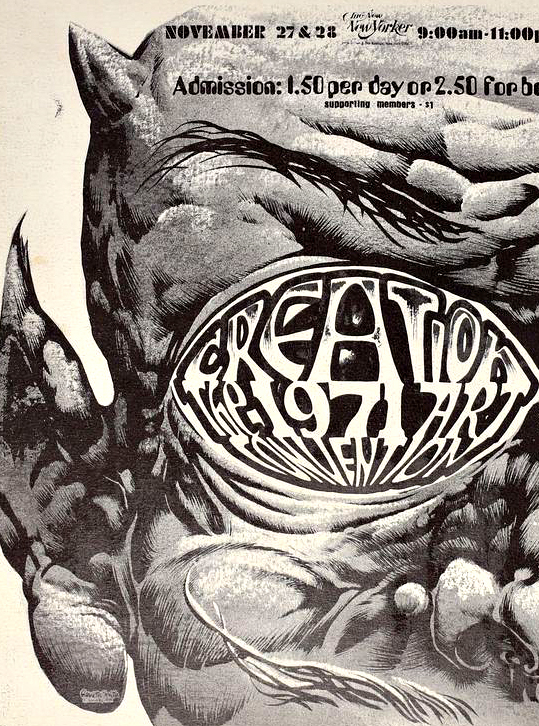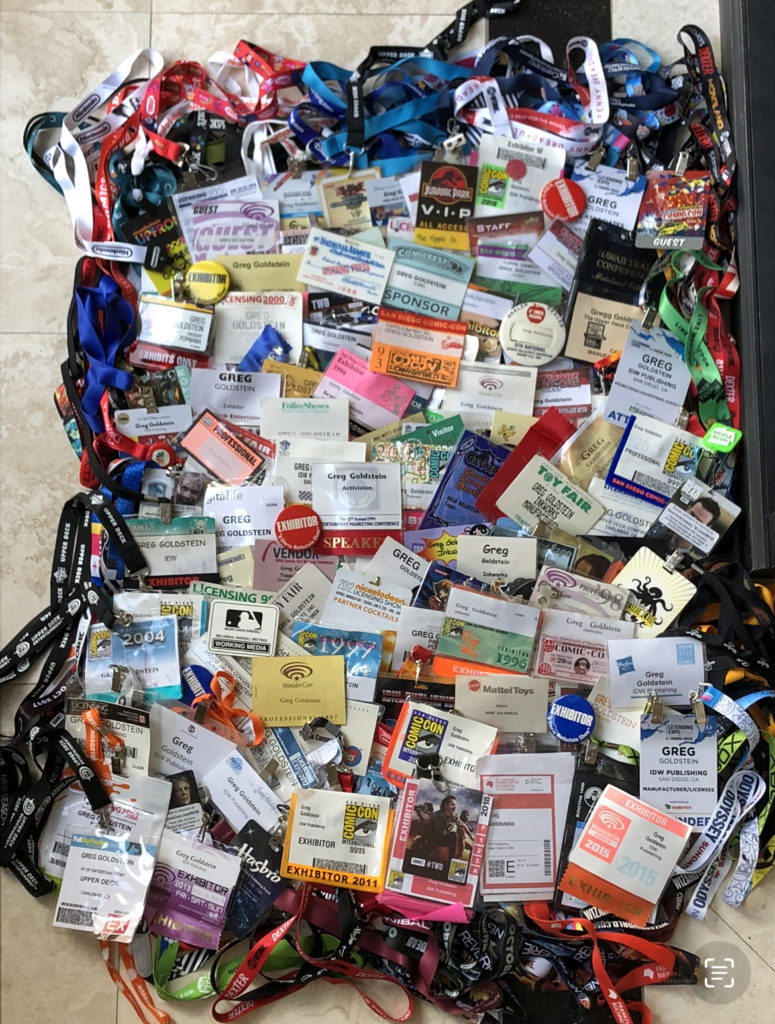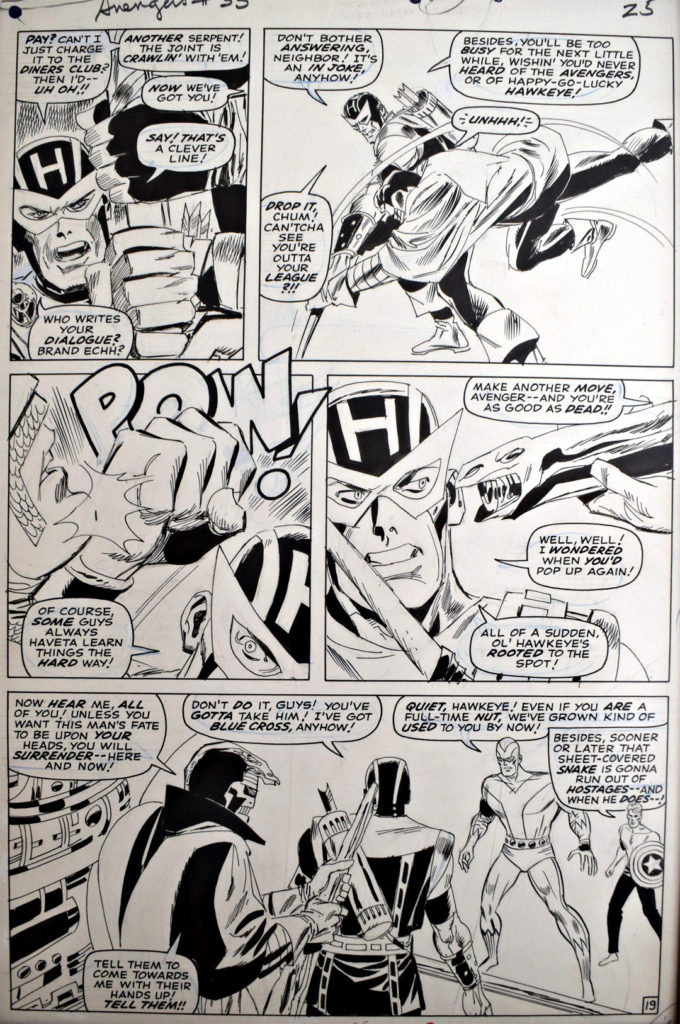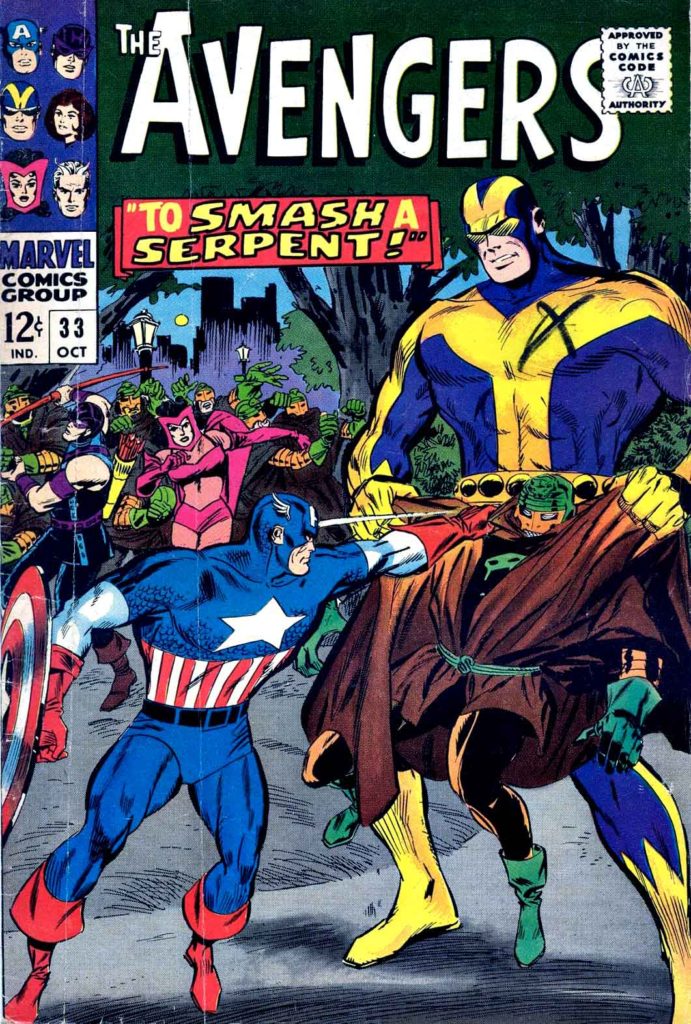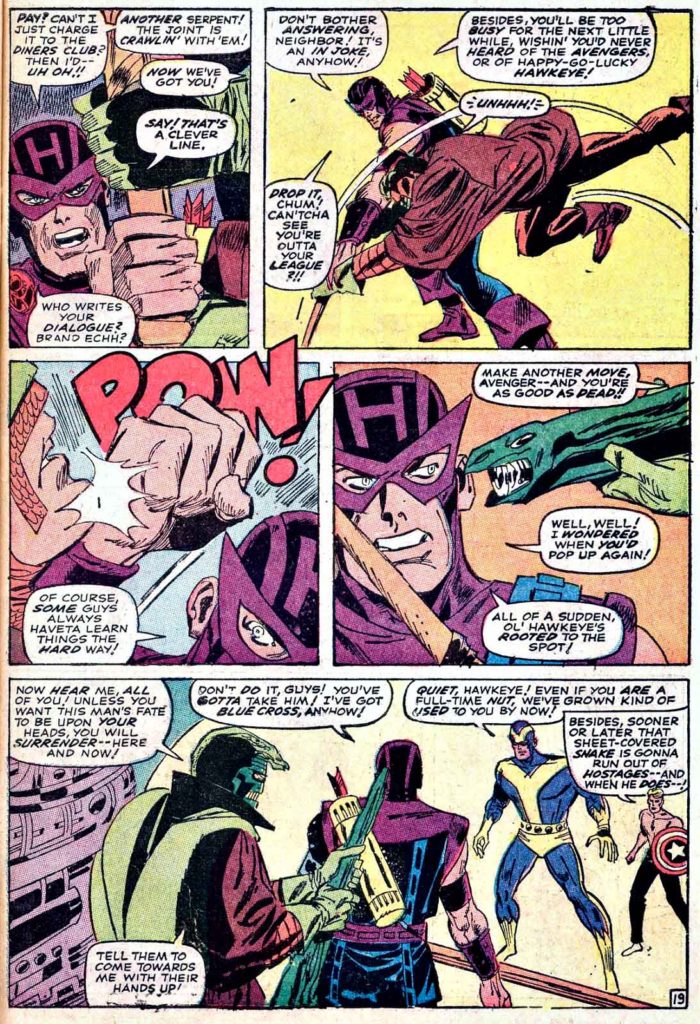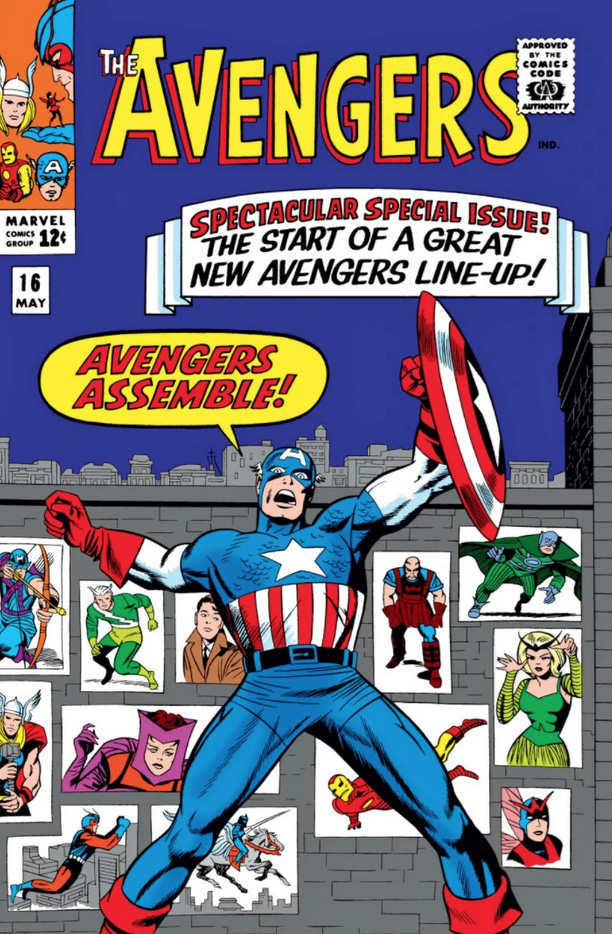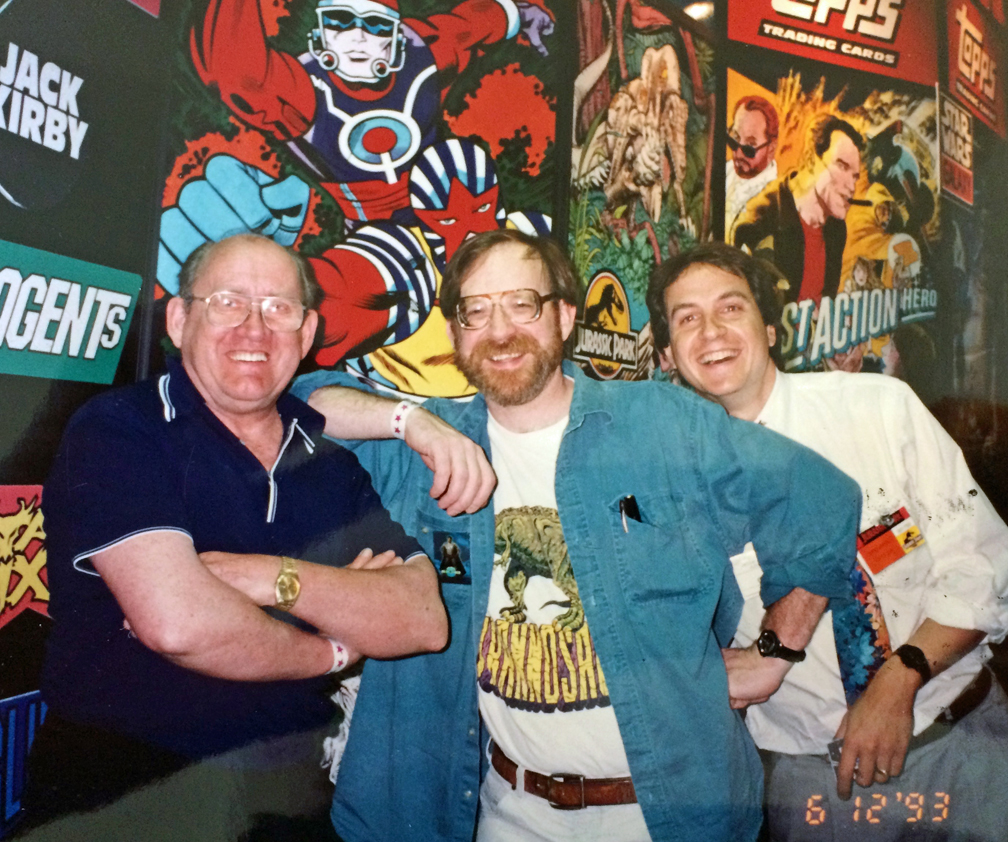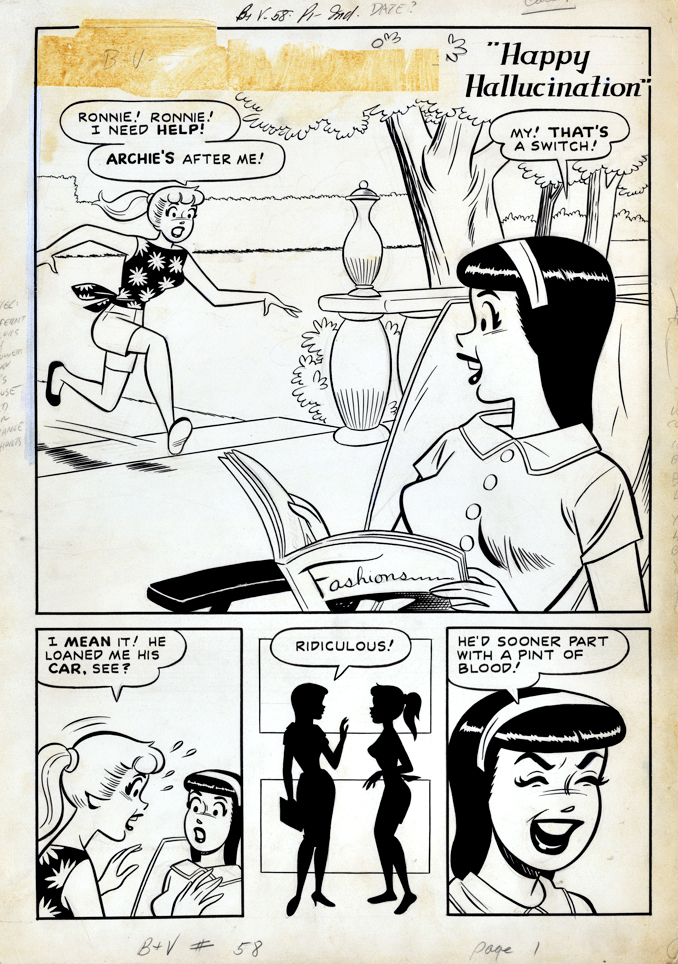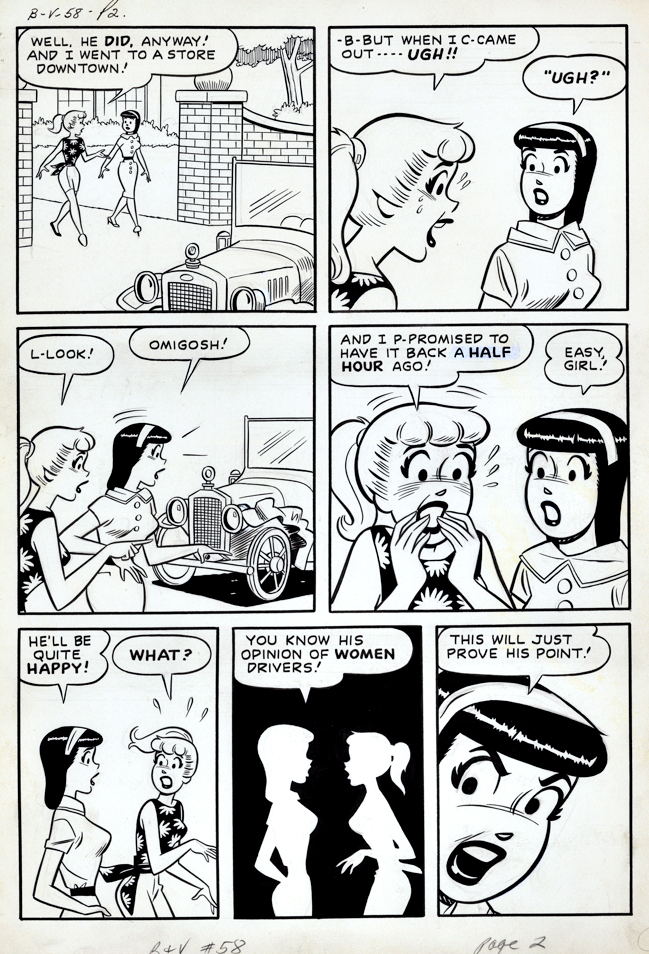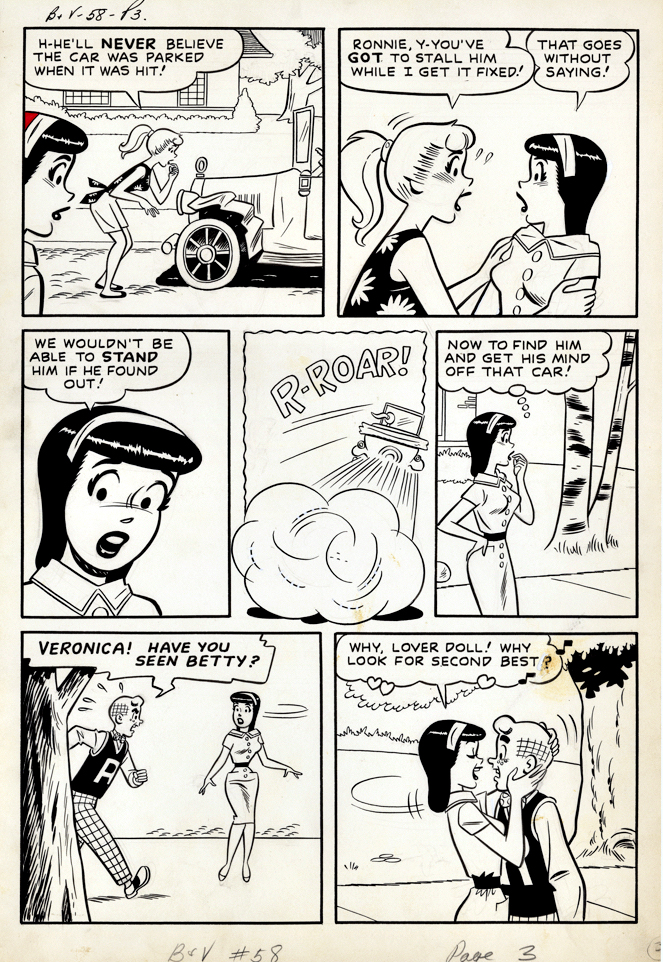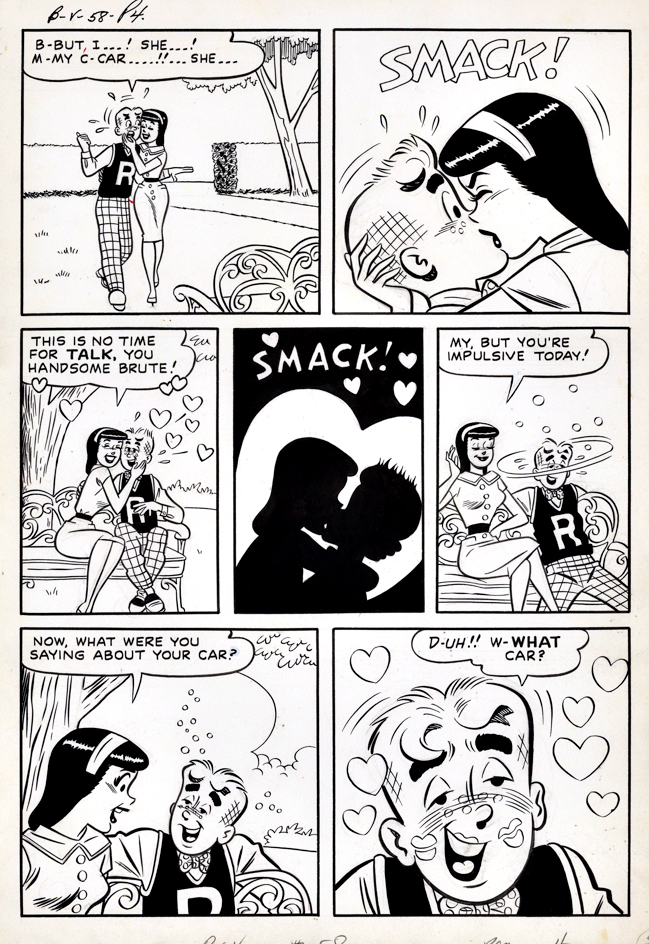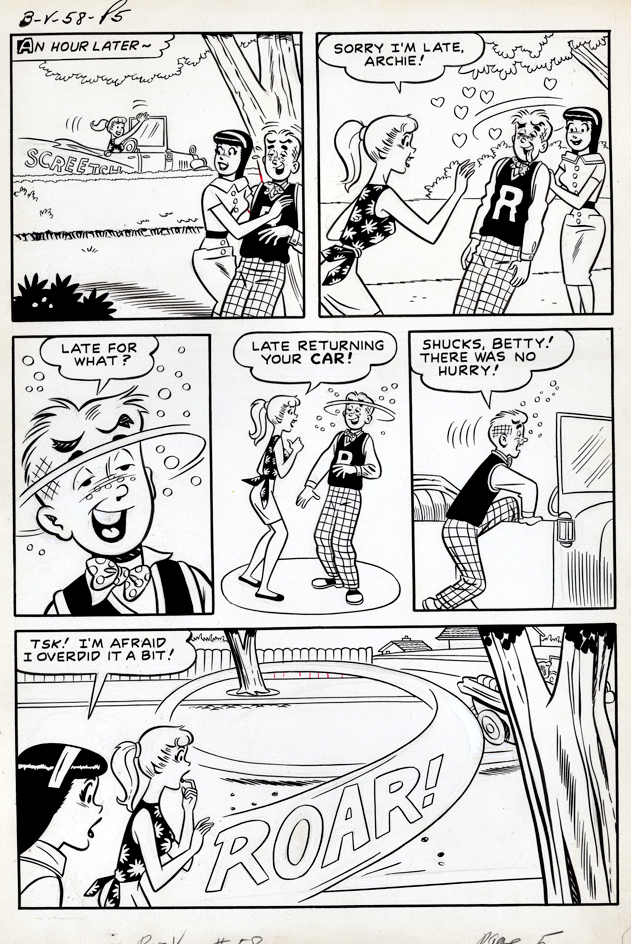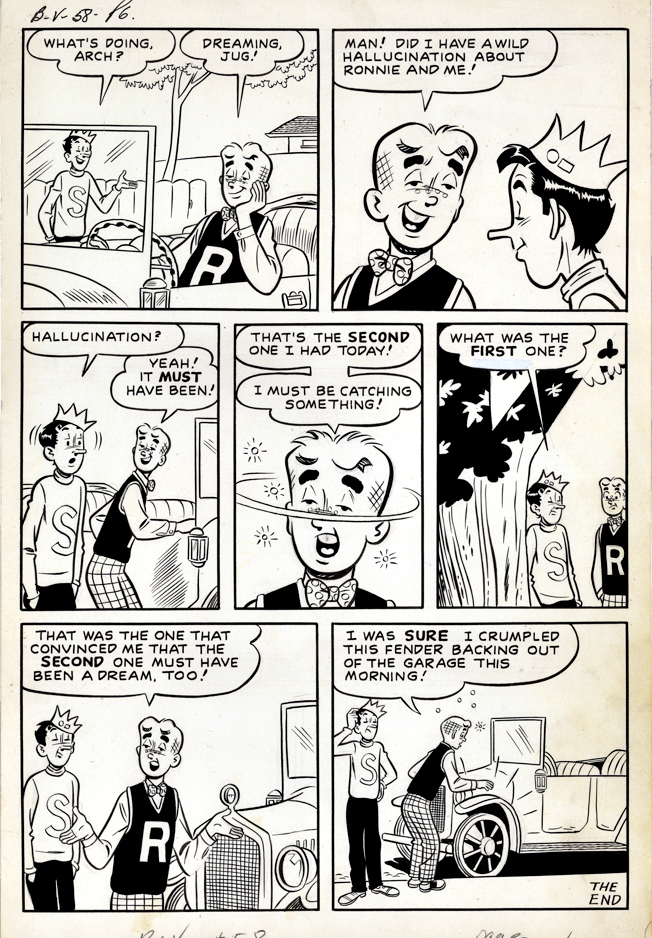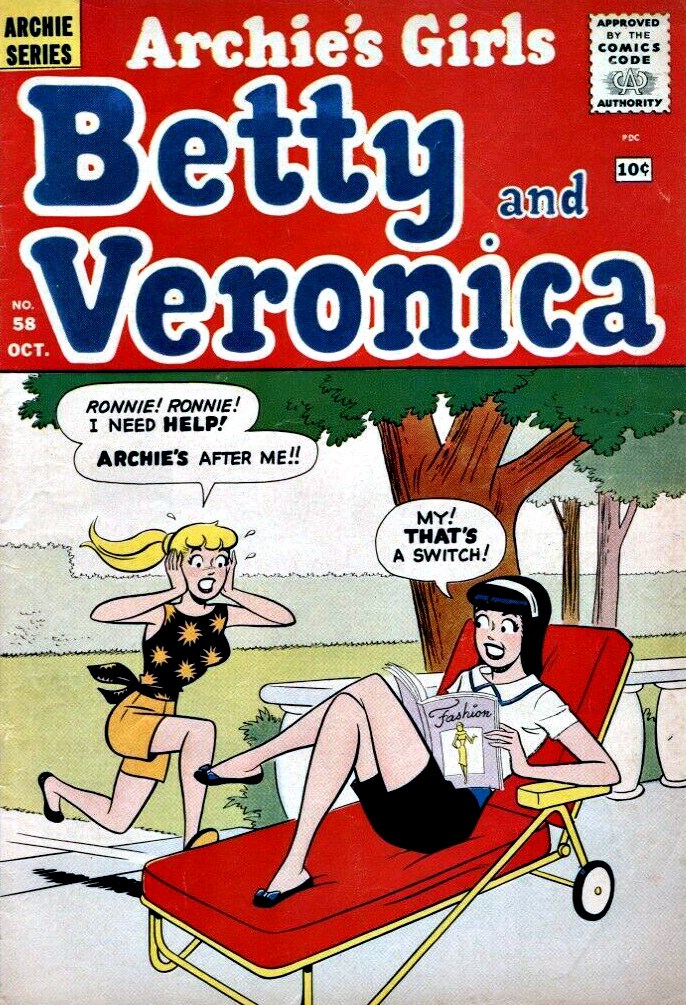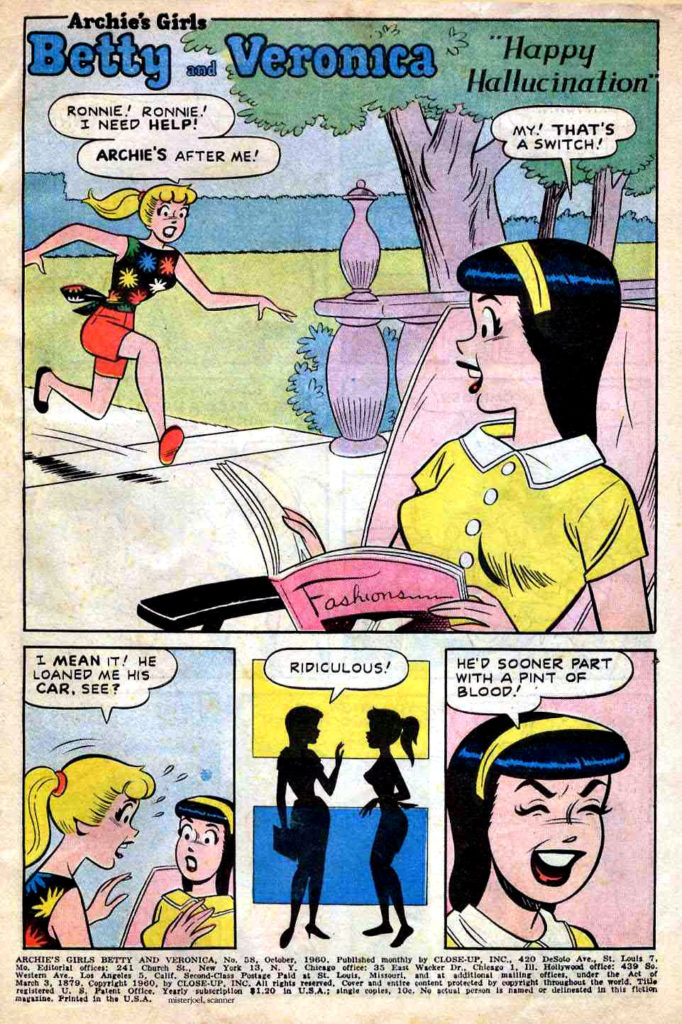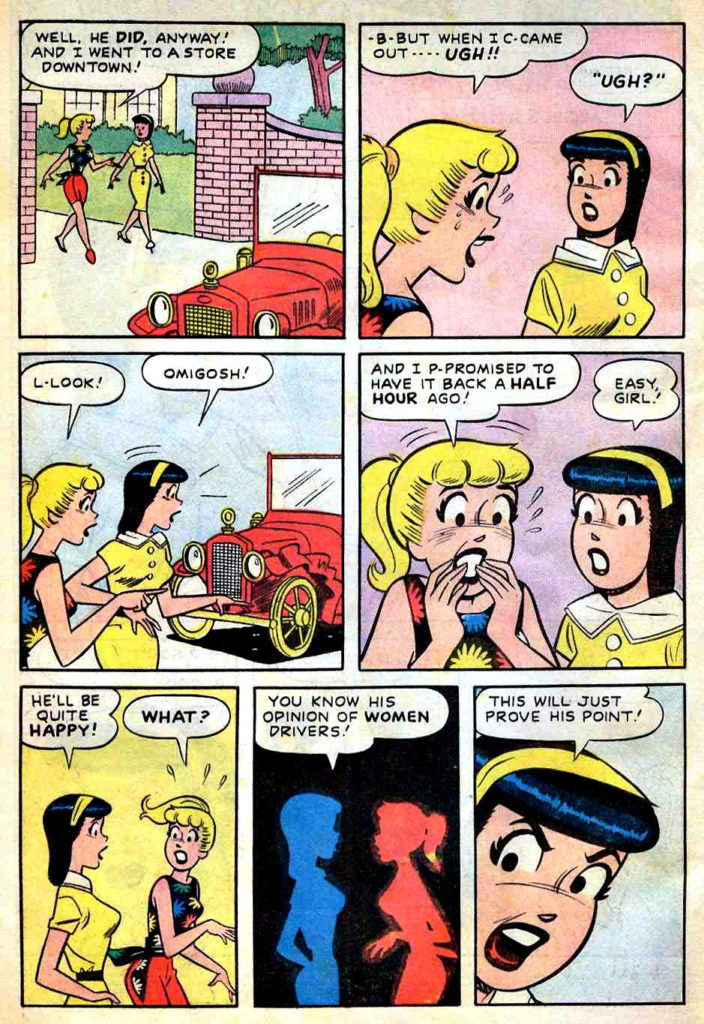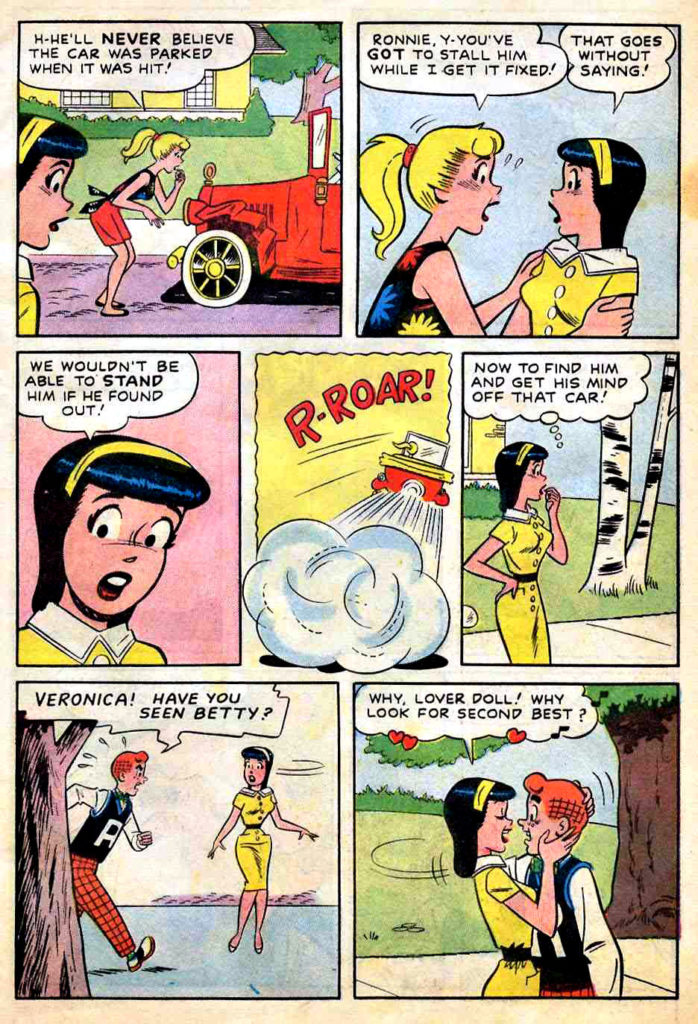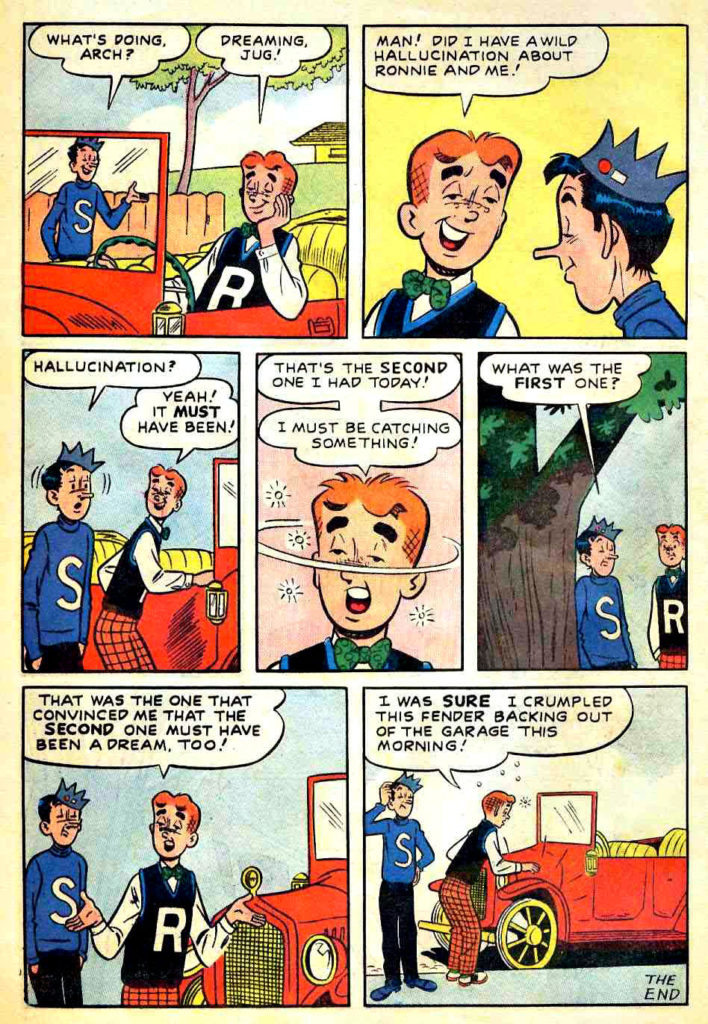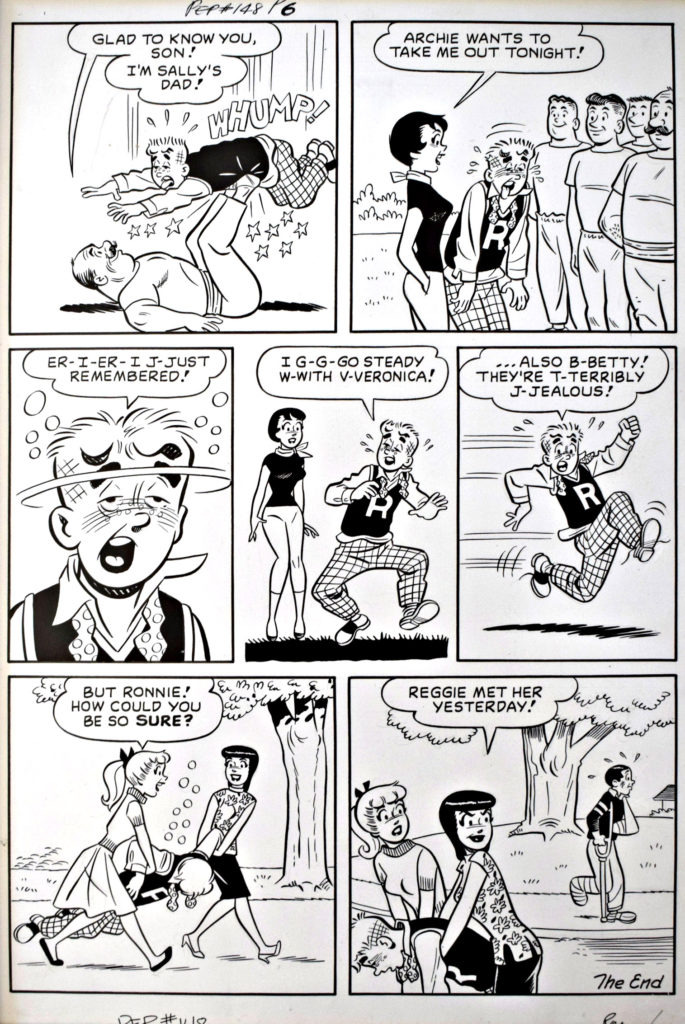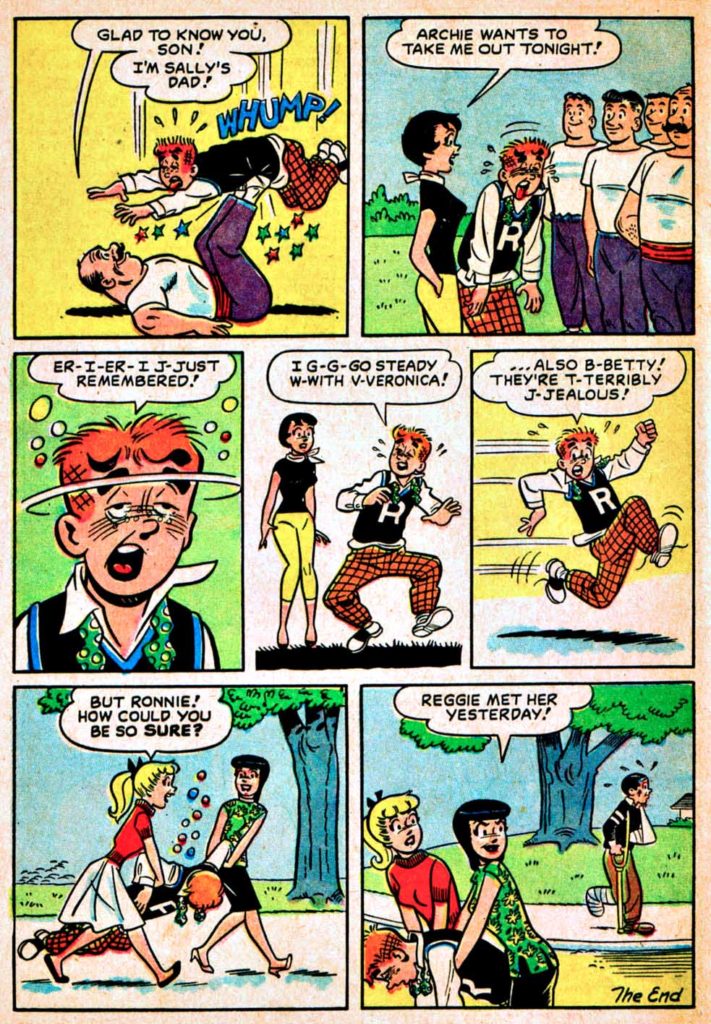Tag: Greg Goldstein
The Batman — Random Thoughts, (Mostly) Spoiler Free
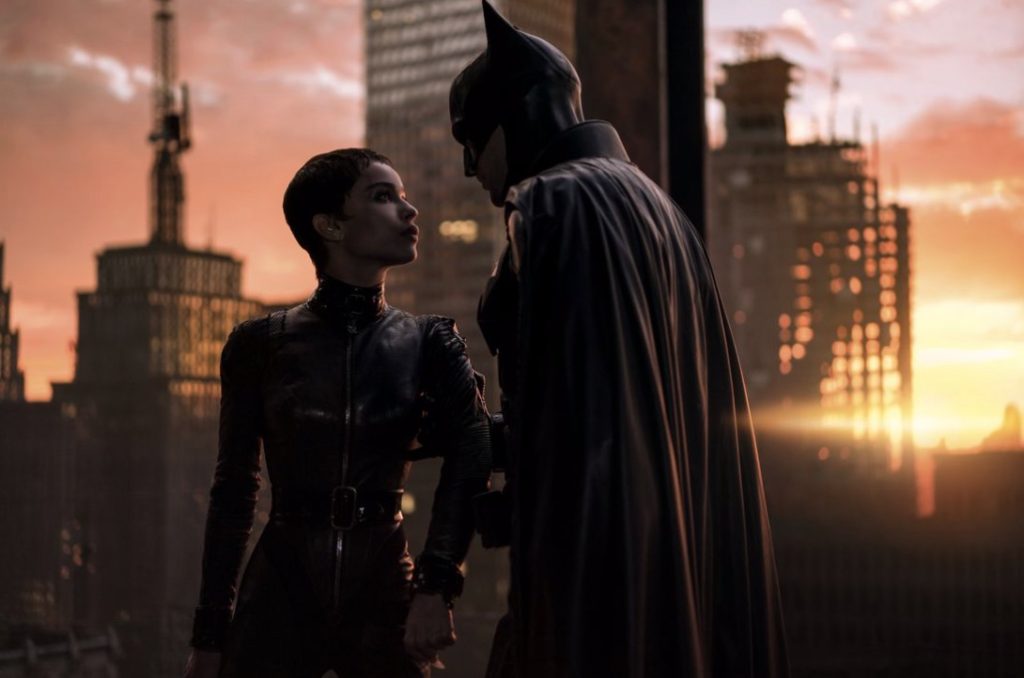
Much of “The Batman” is brilliant. It’s not necessarily my personal cup of Joe, but Matt Reeves has delivered an inventive and occasionally extraordinary film that incorporates elements of some great “contemporary” Batman comic book story lines and motifs. (Batman Year One, The Long Halloween, Cooke and Brubraker’s Catwoman, et al.)
It’s nice to see the world’s greatest detective actually detecting again.
The cast is superb. Robert Pattinson as Batman was excellent. I didn’t much care for his emo version of Bruce Wayne, but we hardly see him in the Bruce persona anyway. (He also wins for best bat-jawline). Zoe Kravitz and Paul Dano are also excellent, and Colin Farrell as the Robert DeNiro/Al Capone (Untouchables) version of the Penguin was good fun. He definitely has enthusiasms.
Jeffrey Wright as “Lt. Gordon” also great.
As for the story — I didn’t think it would be possible to incorporate Catwoman, Riddler and Penguin into one film without creating a bit of a mess; but the filmmakers made it work, and it worked pretty well.
And of course, developing the Riddler character as a serial killer is amazingly effective. Those real-life maniacs are always writing letters and taunting law enforcement so it was more than a logical character choice. Much of the first act of the film channels David Fincher’s Se7en and Zodiac. (Later on, it throws in elements of LA Confidential and Chinatown for good measure.)
As for the scarred side of the Two-Face coin?:
Upping the ante on Gotham as a modern Sodom and Gomorrah is wearying, even when done well. Why does anyone with more than 50 cents to their name live there? What the hell is the draw? It rains all the damn time, the nights last 16 hours or more, and it apparently has the most ineffective police force in urban history. It’s clearly the most dangerous and corrupt city in the USA, and it makes NYC in the 70s seem like a gleaming paradise. It’s becoming its own cliché.
(I’m beginning to think Ra’s al Ghul was right. Wipe Gotham off the map and start over.)
And riddle me this? Why are the non-“rouges gallery” villains always portrayed as one-dimensional cartoon characters? From Burton to Nolan to Reeves: The mobsters in these films are mostly not believable as mobsters. (Not to mention the cops, especially “senior management.” Also cartoons.)
And the bodies… just keep piling up… and up… and up. Maybe someone should call the state police. Or the FBI. Or… anyone.
As for the length of the film…
“I’m sorry I wrote you such a long letter. I didn’t have time to write you a short one.” – Blaise Pascal.
Seriously… it needed to be 20-30 minutes shorter. Do that and I think you not only have a terrific “superhero film”, but also a much more effective film, period. (No offense, it’s not the Godfather, which clocks in at about the same length.) And I would have watched the “extended” version on HBO a year from now anyway.
One final thought. A few film critics and fans have called this movie a “film noir.”
Nope.
Does it contain some of the tropes? Of course it does. So do a lot of films. (The whole dark and rainy thing again.) But, In actuality, you could argue the Batman’s arc in this film is the complete opposite of a film noir.
If it really was a noir, Batman would have completely fallen for Catwoman, done something really stupid because of his infatuation, and ended up floating face down in Wayne Manor’s swimming pool or dying in a hail of bullets.
Or, conversely, Bats would have done something “heroic” on Catwoman’s behalf that ultimately causes her to end up in a pool of her own blood.
And, spoiler alert (ok, I fibbed) they’re both alive at the end of the film.
The franchise lives on.
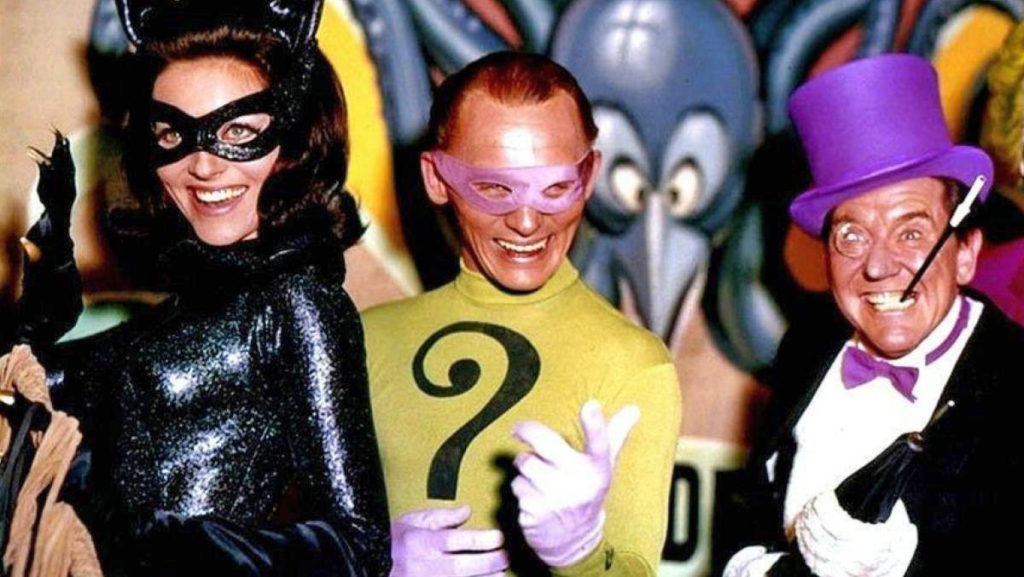
Joe Jusko — Spider-Icon
Variant Cover, Art of Joe Jusko, 2013
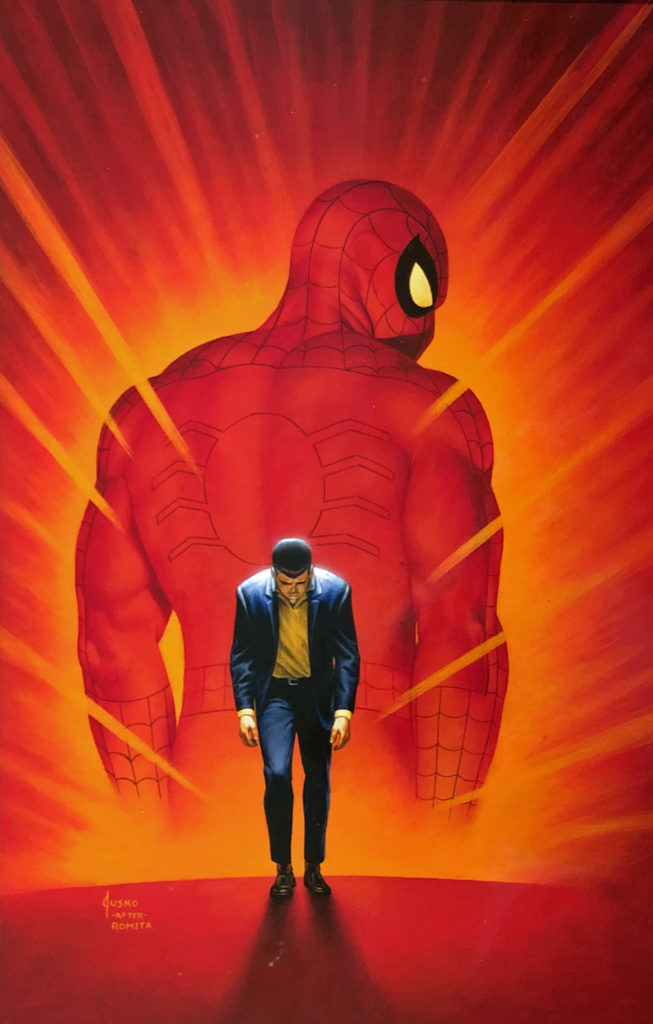
A short history of a beautiful painting:
Joe Jusko originally created this homage to this classic and iconic John Romita Spider-Man cover (#50, 1967) for a project that ultimately didn’t reach fruition.
I was fortunate enough to see the original — and not mull, noodle, or otherwise hesitate before purchasing it — when it was first offered for sale back in 2007.
As serendipity would have it, a few years later I was at IDW, and we landed Desperado Press as an imprint. Part of that deal included bringing Desperado’s Joe Jusko art book back into print.
Not wanting to miss potential opportunity for Joe or IDW, I asked Marvel if we could license the Spider-Man image for the cover of an exclusive limited edition version of the book. They said yes, told me the fee, and, after some smelling salts revived me, I said yes as well.
We (deliberately) only made 100 copies, and, on a per capita basis, it remains the most expensive licensing deal I have ever made.
But it’s a stunning piece that absolutely deserved to be a cover. (And, importantly, everyone would make a bit of money, so there’s that.)
And what did John Romita himself think about Joe’s painting?
“I had this piece on display at a Baltimore Con one year and who walks by my table and sees it, but John, “ says Jusko.
“He studied it for a while and then told me how much he liked it. A lot of guys would say that just to be nice, but John never said what he didn’t mean. For the rest of the show I had people coming over to my table saying John sent them over, telling them they had to see the painting. I’ve seldom been more flattered!”
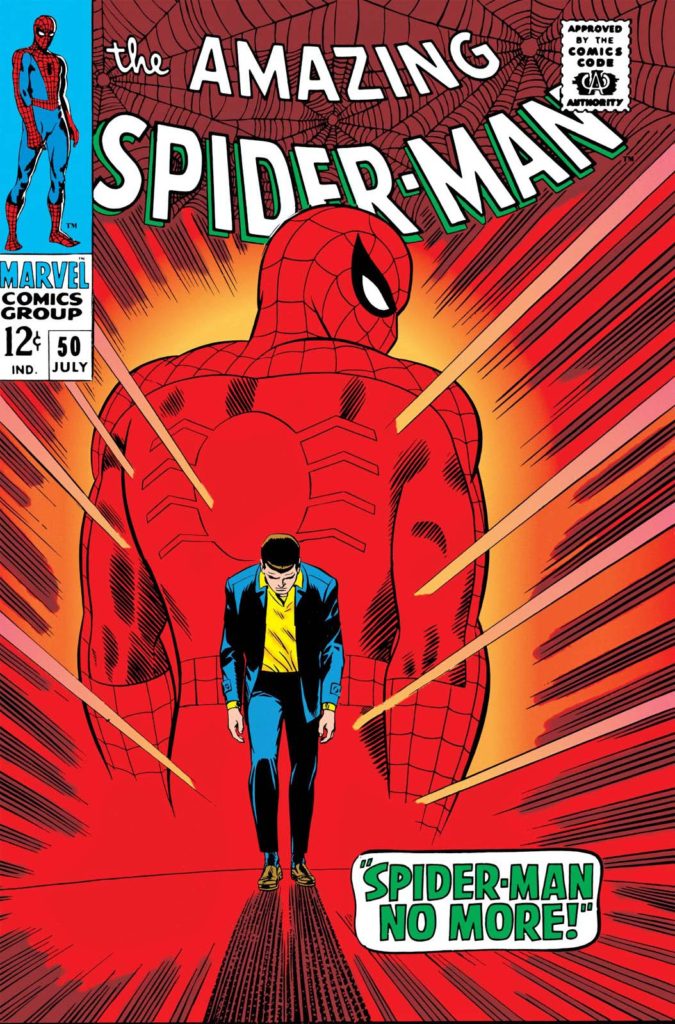

Joe Kubert — Tarzan, Unvarnished
Tarzan #234, January 1975
2022 is the 110th anniversary of Edgar Rice Burroughs’ jungle icon, Tarzan.
This year has at least two-other important Tarzan-related anniversaries:
The first is 1932, the release year of the first Johnny Weissmuller Tarzan feature film. Tarzan existed on screen prior to the Weissmuller film, of course, but his 12 features likely did more to enshrine the character in the popular imagination than any other media representation.
The second is 1972, the year DC took over the comic book license from Gold Key and re-established Tarzan as a savage lord of the Jungle. Joe Kubert’s comic art work on the character was the first that took the sheen of the character and returned him to his literary roots.
Long before “reboot” became part of the pop culture vocabulary, Kubert’s Tarzan was a stunning new look for comic book readers.
DC, as part its licensing deal, had to provide all the original art to the Burroughs estate. It’s still there in the archives, in excellent condition, and we used it to create three beautiful Artist’s Editions volume at IDW.
Ultimately, thought, this means that Kubert Tarzan pages are among the rarest of the last 50 years. With the exception of a handful, none of them have ever been offered on the open market.
Joe originally gifted this splash, part of a DPS, to a friend.
I happened to see it the day it the day it came up for sale, and despite a lofty price, I acquired it then and there.
I knew I wouldn’t likely see another one.
The Art Of Freakonomics
Podcasts #484, #485, #486, December, 2021
Freakonomics is one of my favorite podcast series. It’s devoted to, as they say, the hidden side of economics.
Last month, the show featured a three-part series discussing the commercial aspects of the art market. Specifically, the show’s journalists examine the fine art market, but there are many, many similarities to any aspect of art collecting, including comic art. Someof the topics — such as purchasing at auctions vs. dealers vs. directly from the artist — will ring familiar to anyone who owns more than one or two pieces of original art.
Admittedly, this could have been a two-parter (they spend an inordinate amount of time discussing the fine art career of Alice Neel and the increase in value of her works in recent years), but as always, the pod episodes are interesting and valuable.
If you buy art, or have ever considered it, it’s definitely a worthwhile listen.
See you back here next Tuesday, January 11 with the start of our salute to the 70th anniversary of Mad.
SDCC 2021 — Deja Vu, All Over Again
November 26-28, 2021
The San Diego Comic Con “Special Edition” concluded yesterday, capping a three-day return of the first SDCC since July 2019.
For me personally, it was the exact* 50th anniversary (!) of attending comic-related conventions. In 1971, a loving Aunt took me to the very first Creation convention at NYC’s New Yorker Hotel in 1971.**
I was only at that show for a few hours, wide-eyed with probably less than $5-$6 in my pocket, but I managed to score my first “key” back issue — an intact, but otherwise beat reading copy of Avengers #1 from 1963.
I nearly sold that comic book earlier this year. Once my sanity returned, I instead decided to let Captain America (and “Sylvie” Loki) keep an eye on it while I took some pictures.
That was a much better idea.
And say, where did those 50 years go?
Photos are available at the convention links here and here.
*When I say exact, I’m not kidding — 1971 has an identical calendar to 2021.
(**We had only accidentally found out about the convention the day prior while browsing through the musty and dusty stacks of assorted periodicals at the once mighty warehouse of Jay Bee Magazines.)
Don Heck — Pow!
Avengers # 33, October 1966
Hawkeye has his Television debut today, and if the show lives up to its trailer, it should be good fun.
Here we have a terrific Hawkeye page from the Silver Age Avengers, illustrated by his co-creator, Don Heck. (This is from the period of Avengers where the majority of the team, including Hawkeye, was comprised of reformed villains. I always loved that.) The page is fun combo of action and snarky dialogue, and it completely (and unexpectedly) breaks the fourth wall in the first two panels.
As a bonus, this might be the only page I own where the sound effect is actually then classic word “Pow.” I wonder how many newspaper headlines during the years have used that sound effect as part of a headline discussing any sort of comics-related story. (“Bam! Pow! Comics are not for kids anymore!” Here’s my personal sound effect for those: Ugh.)
Dan DeCarlo — Iconic (Part 3)
Archie’s Girls Betty and Veronica #58, October 1960, “Happy Hallucination”
Our final Dan DeCarlo entry this week is a story filled with irony, pathos and self-sacrifice… and infused with trademark humor.
Wait — that sounds like I’m in English literature class again. And even 40 years later, I’m pretty sure I’m not ready for that.
So let’s simplify: Here’s a complete DeCarlo story that’s an absolute classic. Don’t take my word for it: The full story here is included below — in original art form, and published version too.
As Rod Serling would have would have intoned in his own hallucinogenic tales on Twilight Zone at at about the same time, this complete tale is officially “submitted for your approval.”
Happy 80th, Archie. You occasionally look very different, but definitely not much older.
Dan DeCarlo — Iconic (Part 2)
Pep #148, August 1961
One of my first DeCarlo pages is sill one of my favorites.
To say Dan infused the storytelling and character personality here with pizazz is an understatement. In fact, this page is a typical DeCarlo classic: Simple, clear, fun — and completely engaging.
The third panel (Archie’s close-up) is a classic summation of the dizzying nature of the character’s life overall, not just in this story.
I like that headshot so much I use the published version as my icon for this blog, as well as in other places too.
Dazed and confused? I’m pretty sure I can relate.
Dan DeCarlo — Iconic (Part 1)
Archie Giant Series #153, Original Pin-up, reworked for cover, June 1968
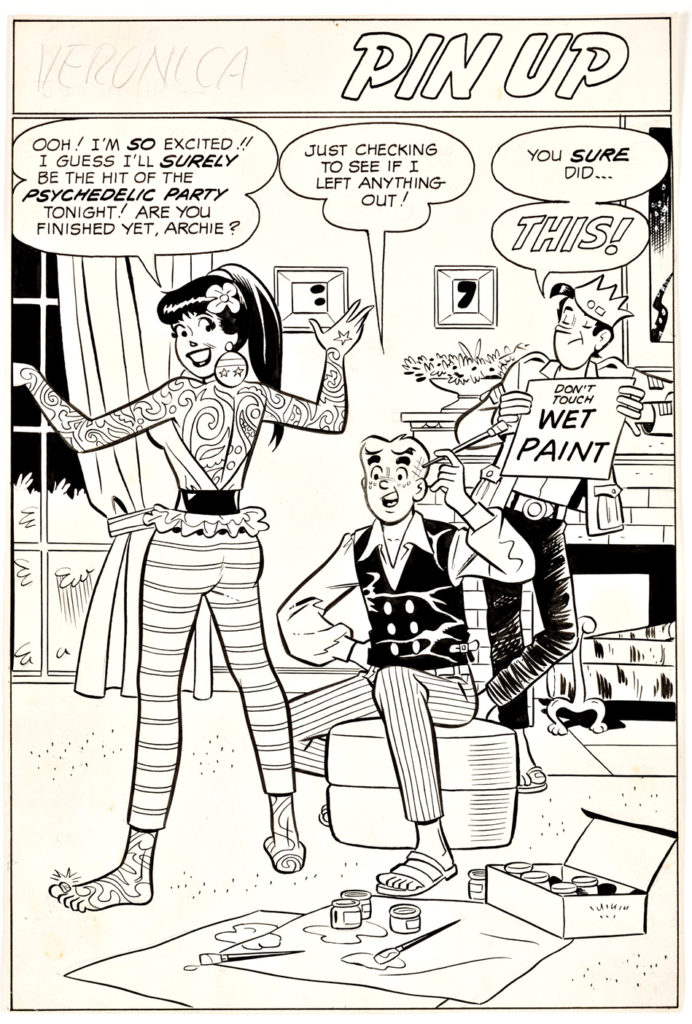
Archie and his gang fully hit their stride with the baby boom generation, and no one was more responsible for that than cartoonist Dan DeCarlo.
Bob Montana created the original appearance of the gang, and DeCarlo modernized it — and never stopped tweaking the appearance (he had a very keen eye for fashion) and the personalities of the beloved characters for more than forty years.
I loved Montana’s work — I even edited a hardcover collection of Montana strips — but DeCarlo’s clear and expressive art fully imprinted on my young reading eyes in the 60s and 70s.
So… to continue Archie’s 80thcelebration, we’ll feature just the tip of the iceberg of Dan’s great work this week.
And we will start with a fun anomaly: A gag that was redesigned — and rewritten — before it morphed from a pin-up page to a full cover.
Which one works better? I think I can come up with pros and cons for each, although from a comics code perspective, it’s possible the published cover might be slightly more acceptable than the original. It’s a bit more open to the imagination as to whether Archie is painting Veronica’s shirt — or her actual body.
In the unpublished version, it’s pretty much a no-brainer.
